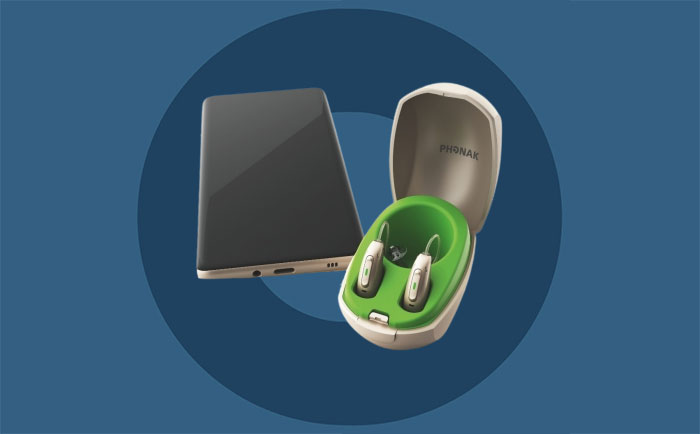Personalized setting..
As environmental demands change, most hearing aids are individually adjustable,which allows them to access a network of frequencies for sound processing. By recording the environment, the hearing aids mimic the way the brain would hear sound if the hearing were not impaired.
Most of the hearing aids of this generation work on the following innovations:
- Dynamic Noise Cancellation.
The biggest challenge people with hearing loss face is understanding background noise. Now audio sampling and noise reduction work to their full potential, allowing speech to emerge from the noise, providing high-definition hearing. - Motion sensor (Motion Sensor Hearing).
Combined with dynamic noise cancellation, the sensor is able to detect if you're moving while also monitoring the environment to focus on the speech signal. The microphones adjust to keep the dominant speech signal in focus, allowing you to continue your conversation. - Speech Enhancer.
This new feature is designed to amplify the softest acoustic cues of speech, without increasing the overall volume of the hearing aid or changing the overall soundscape. - Frequency generator (tinnitus masking).
The most advanced hearing aids have a tinnitus masking system. They have the ability to emit sounds at different frequencies depending on the patient's need, in order to cover the disturbing noise. Studies conclude that, even with the classic process of hearing enhancement, tinnitus can be minimized provided, however, that there is hearing loss. - Wind noise reduction.
Reducing wind noise can make all the difference for those who spend time enjoying the outdoors. This function detects the effect of wind on the hearing aid microphones and avoids or reduces its amplification. - Data recording.
Data logging is a feature that stores data about the listening environment in which the earphone is used. The device collects the user's preferences in programs, volume levels and other functions. The information is accessed by your hearing care professional when you return for a follow-up appointment. Your hearing care professional can use this valuable information to further customize your hearing aid fit.

Wireless hearing aids::
The wireless technology allows two hearing aids to work together as a system,, αrather than as two independent devices. The audio input to both headphones is shared and the digital audio processing is based on the combined information. This technology mimics the brain' s ability to process information coming from both ears.
The data transfer rate in wireless hearing aids is measured in nanoseconds (nsec), a speed much faster than the human brain can detect. For the user, adjustments are perceived in real time. Therefore, the audio processing is synchronized between the two hearing aids, thus improving the sound quality for the user.
The wireless hearing aids can also communicate wirelessly with external devices, most often via Bluetooth.
